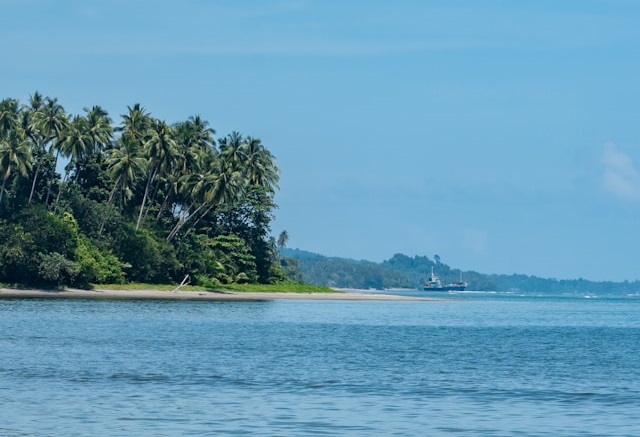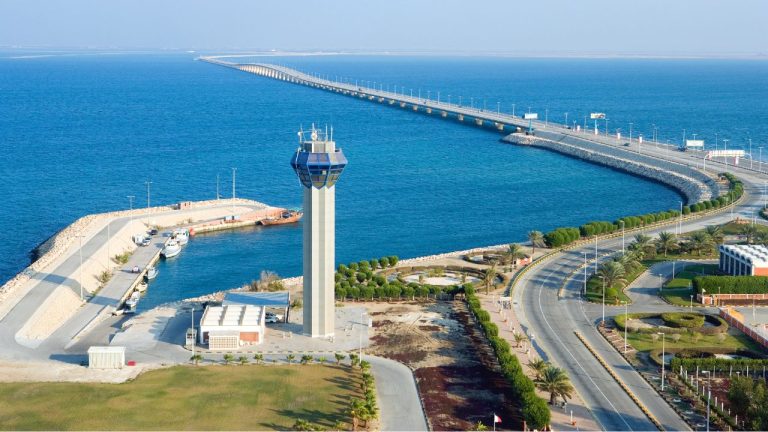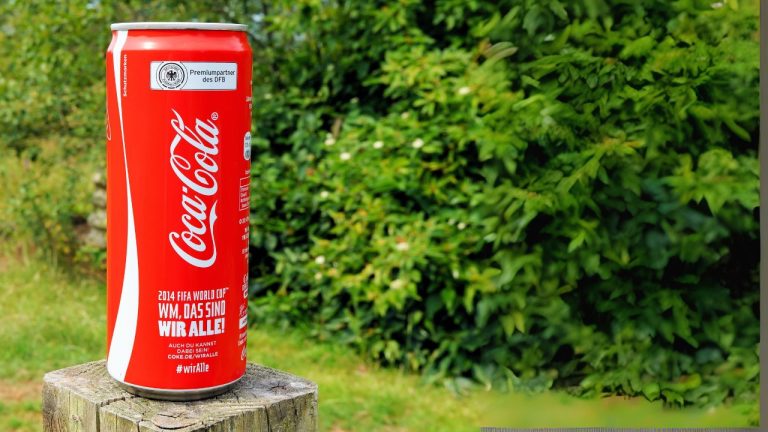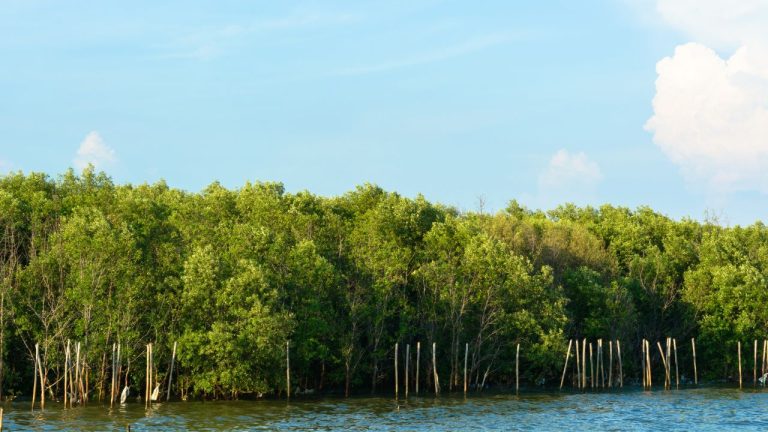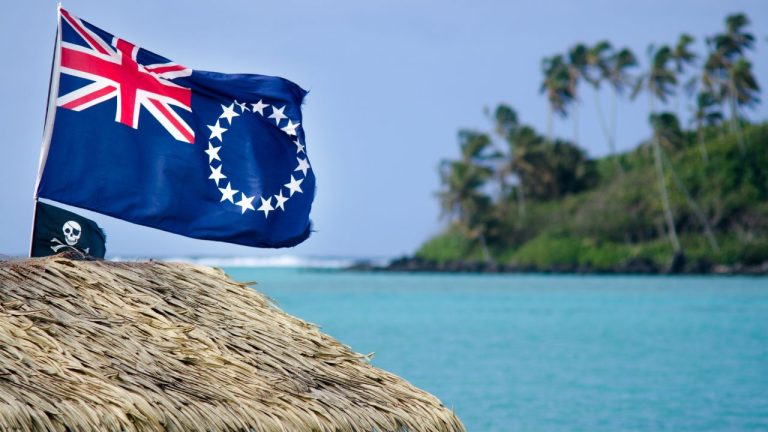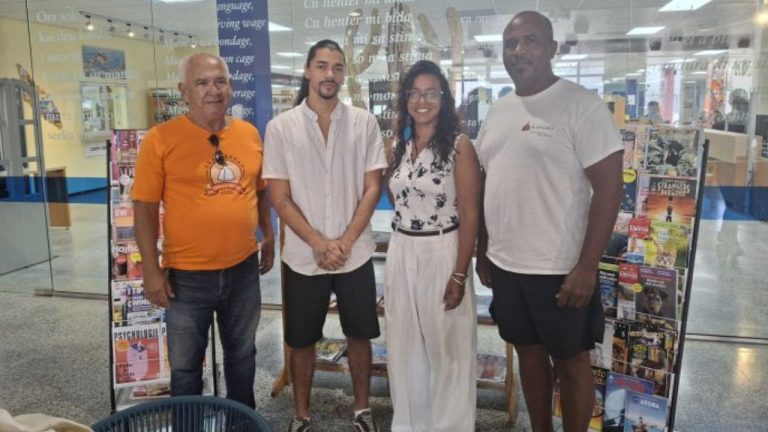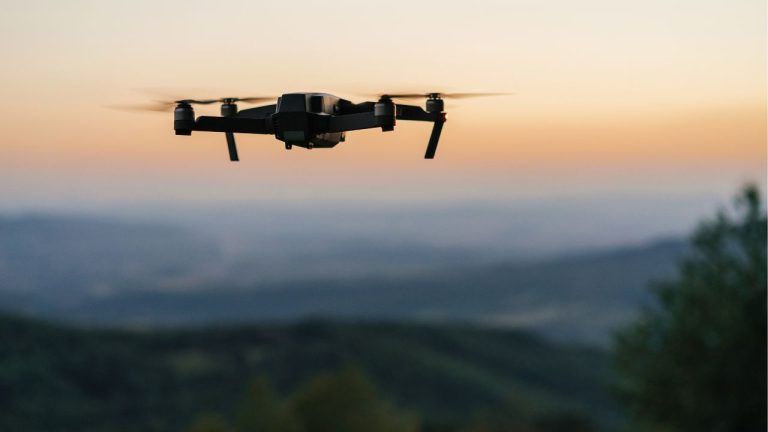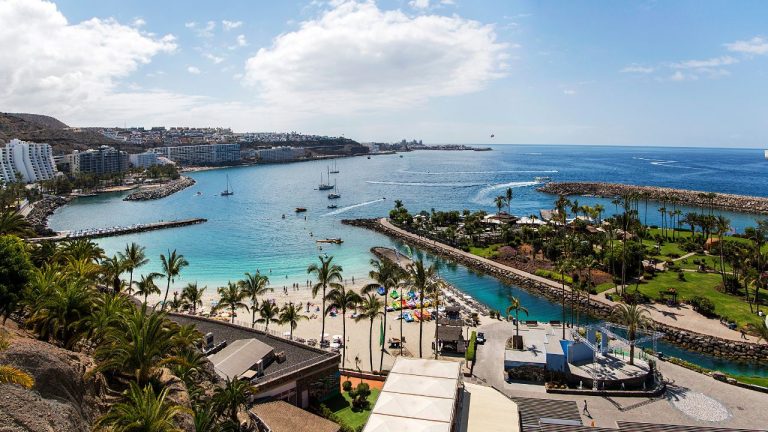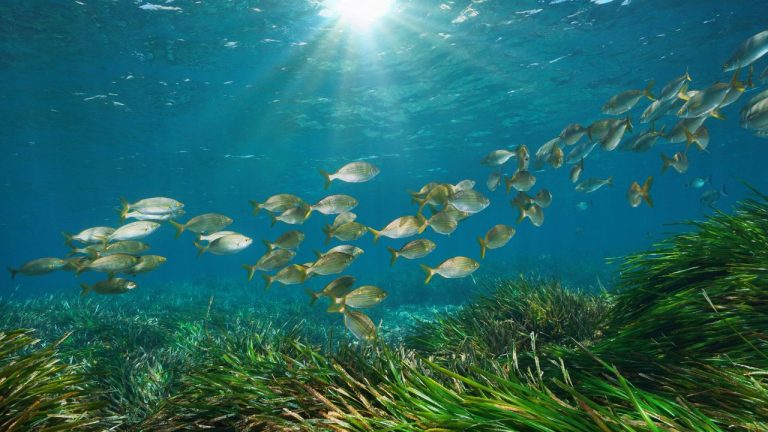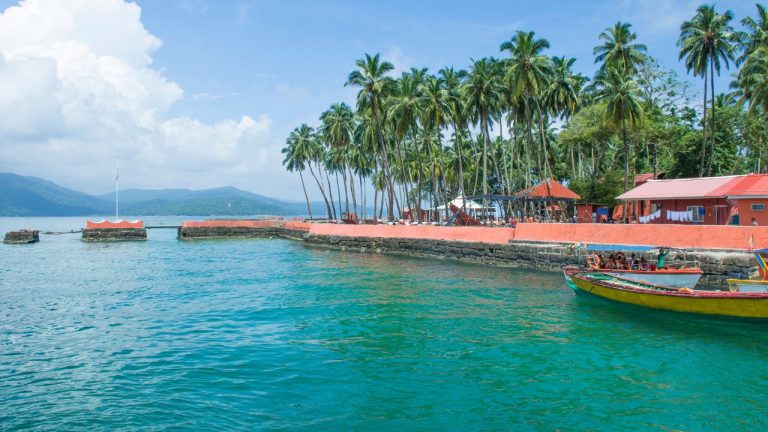https://www.smh.com.au/traveller/inspiration/forget-cash-or-card-this-delightful-pacific-island-uses-shell-money-20240913-p5kafn.html
While paper money is accepted in Malaita, shell money is commonly used for small purchases such as groceries as well as larger, more significant payments such as funerals, settling disputes, or paying for a dowry with the average “bride price” set at around $10,000 Solomon Islands dollars ($1753), and a “virgin” fetching as much as $SBD50,000 in local currency ($8700).
Hilda says Edwin gave “five units of shell money to her maternal uncles” because she was a divorced.
“That’s the benchmark for divorcees or widows if they remarry,” she says. “But deep in his heart he knows I am worth gold.”
Even dignitaries and government officials use shell money, which is growing in popularity all over the Solomon Islands.
“It is not just any shells, they are special shells and they commuted with our first ancestors who settled in Langa Langa Lagoon. Shell money binds the family unit together,” Hilda says.
“Men do most of the diving and polishing, and there are four types of shell: red (romu), black (kurila), brown (ke-e), and white (kakadu). The most prized one is red; it’s like gold. And they are not just any colours, they all have meaning.
“The red, which is the eagle, is always in the middle of the shell money; black and white represents the sea snake; and the brown is the octopus.”

